Will AI Decide Salaries and Fair Pay at Work?
Salary negotiations have long been influenced by bias, power dynamics, and inconsistent decision-making. But a new question is emerging: will AI decide salaries and fair pay at work? As organizations adopt data-driven systems, AI-powered compensation models may fundamentally reshape how wages, raises, and bonuses are determined. So, can AI help reduce pay inequality at work? Unlike humans, AI systems can evaluate compensation using objective criteria—skills, experience, performance metrics, and market benchmarks—without being influenced by gender, race, personality, or negotiation confidence. This has the potential to significantly reduce long-standing wage gaps. How would AI negotiate salaries and raises? AI agents could analyze internal salary bands, employee contributions, and industry standards to generate fair compensation recommendations. Employees might interact with an AI system that explains how their pay was calculated and what milestones would justify future increases—introducing unprecedented transparency. This raises an important question: can AI create fair compensation systems? In theory, yes. AI excels at pattern recognition and consistency, ensuring similar roles receive similar pay. AI-driven salary structures could replace opaque HR decisions with explainable, data-backed outcomes. However, will AI eliminate bias in salary decisions completely? Not automatically. AI systems learn from historical data, which may already contain inequality. Organizations must carefully audit training data and algorithms to ensure fairness, accountability, and ethical design. Another potential shift is AI-assisted employee negotiation. Workers could use AI tools to evaluate whether they are underpaid, simulate negotiation strategies, or receive guidance on career paths that increase earning potential. This empowers employees rather than disadvantaging them. Still, what are the risks of AI-driven compensation? Over-reliance on metrics could undervalue soft skills, leadership, or creativity. Human oversight remains essential to balance data with context. Ultimately, how will AI change HR salary structures? By turning compensation into a transparent, measurable, and equitable system. If implemented responsibly, AI won’t replace human judgment—it will correct its blind spots. The future of fair pay may not be negotiated behind closed doors, but calculated in the open—with AI acting as an impartial mediator.
Will AI Decide Salaries and Fair Pay at Work? Read More »










